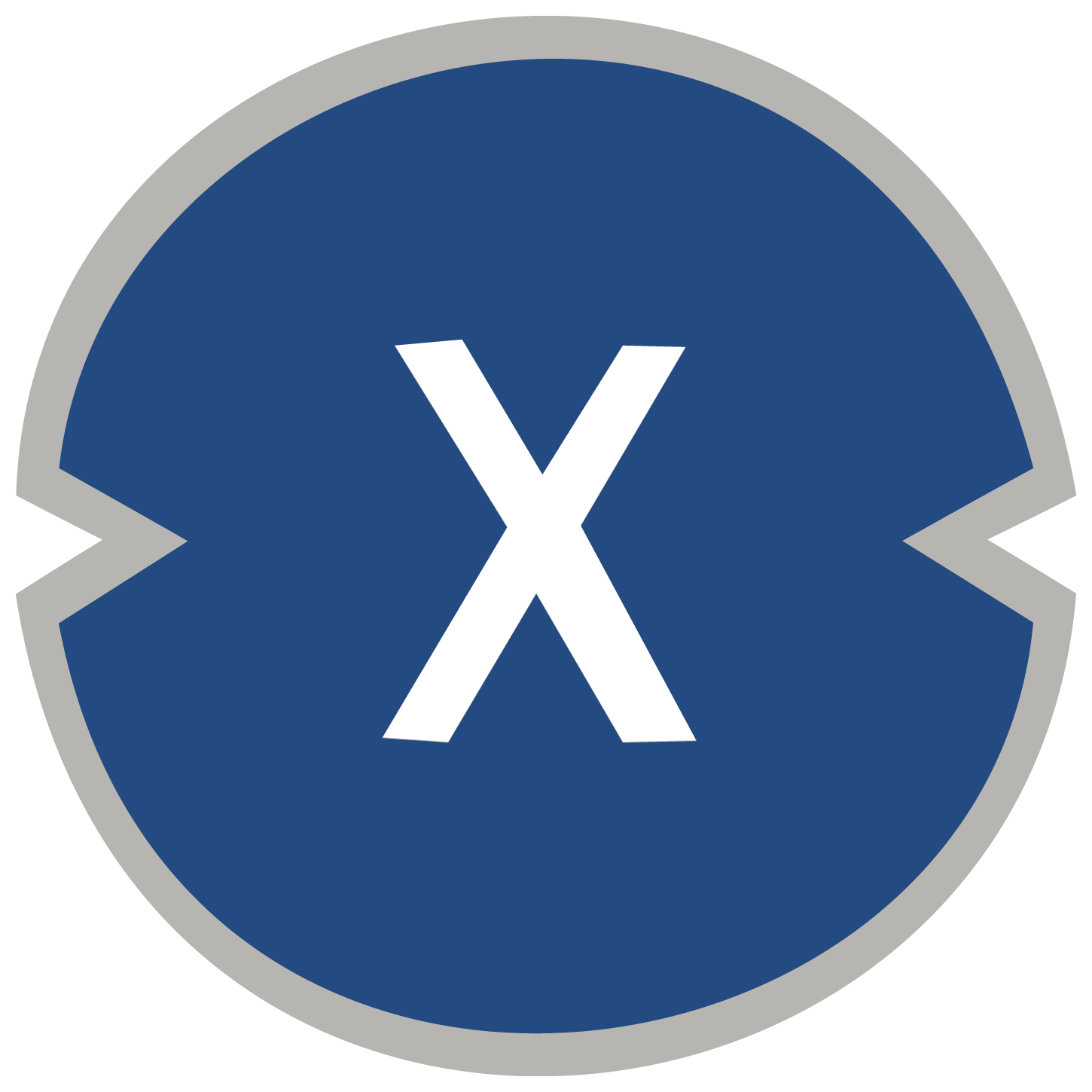-
 bitcoin
bitcoin $112715.707551 USD
-1.71% -
 ethereum
ethereum $4101.475385 USD
-3.01% -
 tether
tether $1.000644 USD
-0.02% -
 bnb
bnb $1207.619465 USD
-6.77% -
 xrp
xrp $2.501451 USD
-3.98% -
 solana
solana $202.947124 USD
-3.32% -
 usd-coin
usd-coin $1.000295 USD
0.04% -
 dogecoin
dogecoin $0.203884 USD
-4.47% -
 tron
tron $0.317154 USD
-1.72% -
 cardano
cardano $0.695009 USD
-4.43% -
 hyperliquid
hyperliquid $38.853961 USD
-8.23% -
 chainlink
chainlink $18.988674 USD
-4.64% -
 ethena-usde
ethena-usde $1.000233 USD
-0.03% -
 stellar
stellar $0.337050 USD
-3.63% -
 bitcoin-cash
bitcoin-cash $536.861728 USD
-1.28%
How to set a stop loss point in CRO trading? What are some practical risk management strategies?
To manage risk in CRO trading, set a stop loss, use position sizing, diversify, and consider trailing stops and take profit orders for better control over your trades.
May 01, 2025 at 04:56 pm

Setting a stop loss point and implementing risk management strategies are crucial aspects of trading cryptocurrencies like CRO (Crypto.com Coin). This article will guide you through the process of setting a stop loss in CRO trading and explore practical risk management strategies to help you navigate the volatile crypto market effectively.
Understanding Stop Loss in CRO Trading
Stop loss is a critical tool used by traders to limit potential losses on their trades. In the context of CRO trading, a stop loss order is an instruction set with your trading platform to sell CRO when it reaches a specific price, thereby preventing further loss if the market moves against your position.
To set a stop loss in CRO trading, you need to follow these steps:
- Log into your trading platform: Ensure you are using a reputable platform that supports CRO trading and stop loss orders.
- Navigate to the CRO trading pair: Find the CRO trading pair you are interested in, such as CRO/USDT.
- Open a new trade: Decide on the amount of CRO you want to buy and set your entry price.
- Set the stop loss: In the order form, look for the stop loss option. Enter the price at which you want your stop loss to trigger. For example, if you buy CRO at $0.10, you might set a stop loss at $0.09 to limit your loss to 10%.
- Confirm and place the order: Review your order details and submit it to the market.
Calculating the Optimal Stop Loss Level
Determining the right stop loss level is essential for effective risk management. Here are some strategies to help you calculate an optimal stop loss for CRO trading:
- Percentage-based stop loss: Decide on a percentage of your investment that you are willing to risk. For instance, if you are comfortable risking 5% of your investment, and you buy CRO at $0.10, your stop loss would be set at $0.095.
- Volatility-based stop loss: Use historical volatility data to set your stop loss. If CRO typically moves 3% in a day, you might set your stop loss just below this range to avoid being stopped out by normal market fluctuations.
- Technical analysis: Use support and resistance levels identified through technical analysis to set your stop loss. If you buy CRO near a strong support level, you might set your stop loss just below this level.
Practical Risk Management Strategies for CRO Trading
Effective risk management goes beyond just setting stop losses. Here are some practical strategies to manage your risk when trading CRO:
- Position sizing: Determine the size of your position based on your overall trading capital and risk tolerance. For example, if you have $10,000 and are willing to risk 1% per trade, you should not risk more than $100 on any single CRO trade.
- Diversification: Spread your investments across different cryptocurrencies to reduce the impact of a single asset's performance on your portfolio. While focusing on CRO, consider allocating a portion of your funds to other promising cryptocurrencies.
- Use of leverage cautiously: Leverage can amplify both gains and losses. When trading CRO with leverage, ensure you understand the risks and set conservative stop losses to manage potential losses.
- Regular portfolio review: Periodically assess your CRO holdings and overall portfolio performance. Adjust your stop losses and position sizes based on market conditions and your risk tolerance.
Implementing Trailing Stop Losses in CRO Trading
A trailing stop loss is a dynamic stop loss that moves with the price of CRO, allowing you to lock in profits while still protecting against significant downturns. Here’s how to set up a trailing stop loss for CRO trading:
- Choose a trailing stop percentage: Decide on a percentage that the trailing stop will follow. For example, if you set a 5% trailing stop, the stop loss will move up as the price of CRO increases, always staying 5% below the highest price reached.
- Set the initial stop loss: Similar to a regular stop loss, set an initial stop loss price. If CRO is trading at $0.10, you might set your initial stop at $0.095.
- Monitor and adjust: As the price of CRO rises, the trailing stop will automatically adjust to maintain the 5% distance from the highest price. If CRO reaches $0.11, the trailing stop will move to $0.1045.
- Execution: If the price of CRO falls by more than 5% from its highest point, the trailing stop loss will trigger, selling your CRO at the current market price.
Combining Stop Loss with Take Profit Orders
To further enhance your risk management strategy, consider combining stop loss orders with take profit orders. A take profit order is set to automatically sell CRO when it reaches a predetermined profit level. Here’s how to implement this strategy:
- Set your entry price: When you buy CRO, decide on your entry price. For example, you might buy at $0.10.
- Determine your take profit level: Based on your analysis, decide on a price at which you want to take profits. If you expect CRO to reach $0.12, set your take profit at this level.
- Set your stop loss: As discussed earlier, set your stop loss to limit potential losses. For a $0.10 entry, you might set a stop loss at $0.09.
- Place the orders: Enter both the take profit and stop loss orders into your trading platform. This way, your CRO position will automatically close at either your desired profit or loss limit.
Frequently Asked Questions
Q: Can I adjust my stop loss order after it has been placed?Yes, you can adjust your stop loss order at any time before it is triggered. Most trading platforms allow you to modify the stop loss price by accessing your open orders and changing the stop loss value.
Q: What should I do if my stop loss is triggered frequently?If your stop loss is triggered frequently, it may indicate that your stop loss levels are too tight or that you are trading in a highly volatile market. Consider widening your stop loss or using a trailing stop loss to give your trades more room to breathe while still managing risk.
Q: Is it possible to set multiple stop losses for a single CRO position?Some advanced trading platforms allow you to set multiple stop losses for a single position, known as a bracket order. This allows you to set different stop loss levels to manage different risk scenarios. Check with your trading platform to see if this feature is available.
Q: How do I know if my stop loss order was executed at the desired price?Most trading platforms provide order execution reports that detail the price at which your stop loss order was executed. You can review these reports in your trading account to ensure your stop loss was executed as expected.
Disclaimer:info@kdj.com
The information provided is not trading advice. kdj.com does not assume any responsibility for any investments made based on the information provided in this article. Cryptocurrencies are highly volatile and it is highly recommended that you invest with caution after thorough research!
If you believe that the content used on this website infringes your copyright, please contact us immediately (info@kdj.com) and we will delete it promptly.
- Zero Knowledge Proof, Whitelist, Blockchain 2025: The Dawn of Private, Scalable Infrastructure
- 2025-10-16 01:20:01
- Altcoins, Whales, and Tariff Threats: Navigating the Crypto Seas
- 2025-10-16 01:20:01
- ChatGPT's Crystal Ball: HBAR Price Prediction and the Rise of Snorter in 2025
- 2025-10-16 01:20:01
- ZEROBASE Listing and Airdrop: A New Era for ZK Tech?
- 2025-10-16 00:25:13
- Digital Euro, Gold Standard, and Active Reserves: A New York Minute on the Future of Money
- 2025-10-16 00:25:13
- TCG OTS Pack Spoilers: What's Hot and What's Not?
- 2025-10-16 00:33:47
Related knowledge

Practical parameter settings for a Bitcoin multi-timeframe moving average system
Sep 18,2025 at 10:54pm
Optimizing Timeframe Combinations for Bitcoin Trading1. Selecting appropriate timeframes is crucial when building a multi-timeframe moving average sys...

How can I filter out false breakouts in Dogecoin high-frequency trading?
Sep 22,2025 at 01:00am
Understanding False Breakouts in Dogecoin Trading1. A false breakout occurs when Dogecoin's price appears to move beyond a defined support or resistan...

Techniques for identifying tops and bottoms in the Bitcoin on-chain NVT model
Sep 20,2025 at 07:54pm
Understanding the NVT Model in Bitcoin Analysis1. The Network Value to Transactions (NVT) ratio is often described as the 'P/E ratio' of the cryptocur...

What does the surge in open interest in Bitcoincoin futures mean?
Sep 20,2025 at 11:18pm
Understanding the Surge in Dogecoin Futures Open Interest1. A surge in open interest within Dogecoin futures indicates a growing number of active cont...

How can I use the Ethereum USDT premium to gauge market sentiment?
Sep 18,2025 at 11:55pm
Understanding the Ethereum USDT Premium1. The Ethereum USDT premium refers to the price difference between USDT (Tether) traded on Ethereum-based plat...

What should I do if Ethereum staking yields decline?
Sep 20,2025 at 06:18am
Understanding the Causes Behind Declining Ethereum Staking Yields1. The Ethereum network transitioned to a proof-of-stake consensus mechanism with the...

Practical parameter settings for a Bitcoin multi-timeframe moving average system
Sep 18,2025 at 10:54pm
Optimizing Timeframe Combinations for Bitcoin Trading1. Selecting appropriate timeframes is crucial when building a multi-timeframe moving average sys...

How can I filter out false breakouts in Dogecoin high-frequency trading?
Sep 22,2025 at 01:00am
Understanding False Breakouts in Dogecoin Trading1. A false breakout occurs when Dogecoin's price appears to move beyond a defined support or resistan...

Techniques for identifying tops and bottoms in the Bitcoin on-chain NVT model
Sep 20,2025 at 07:54pm
Understanding the NVT Model in Bitcoin Analysis1. The Network Value to Transactions (NVT) ratio is often described as the 'P/E ratio' of the cryptocur...

What does the surge in open interest in Bitcoincoin futures mean?
Sep 20,2025 at 11:18pm
Understanding the Surge in Dogecoin Futures Open Interest1. A surge in open interest within Dogecoin futures indicates a growing number of active cont...

How can I use the Ethereum USDT premium to gauge market sentiment?
Sep 18,2025 at 11:55pm
Understanding the Ethereum USDT Premium1. The Ethereum USDT premium refers to the price difference between USDT (Tether) traded on Ethereum-based plat...

What should I do if Ethereum staking yields decline?
Sep 20,2025 at 06:18am
Understanding the Causes Behind Declining Ethereum Staking Yields1. The Ethereum network transitioned to a proof-of-stake consensus mechanism with the...
See all articles










































































